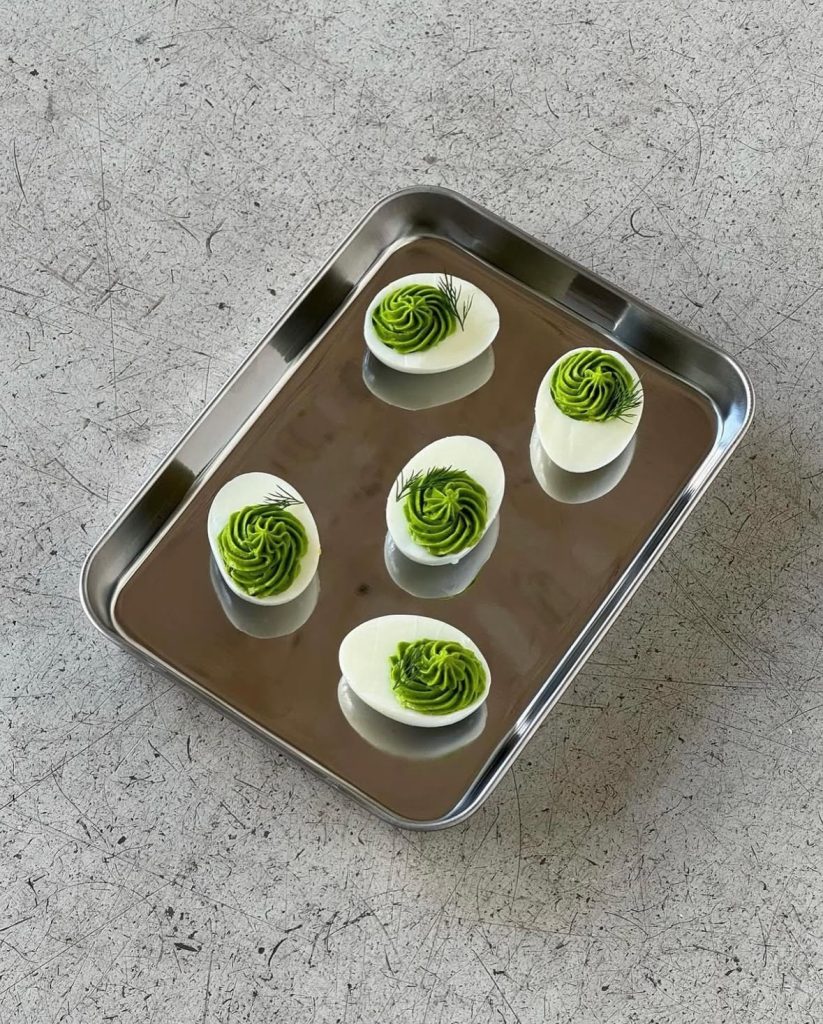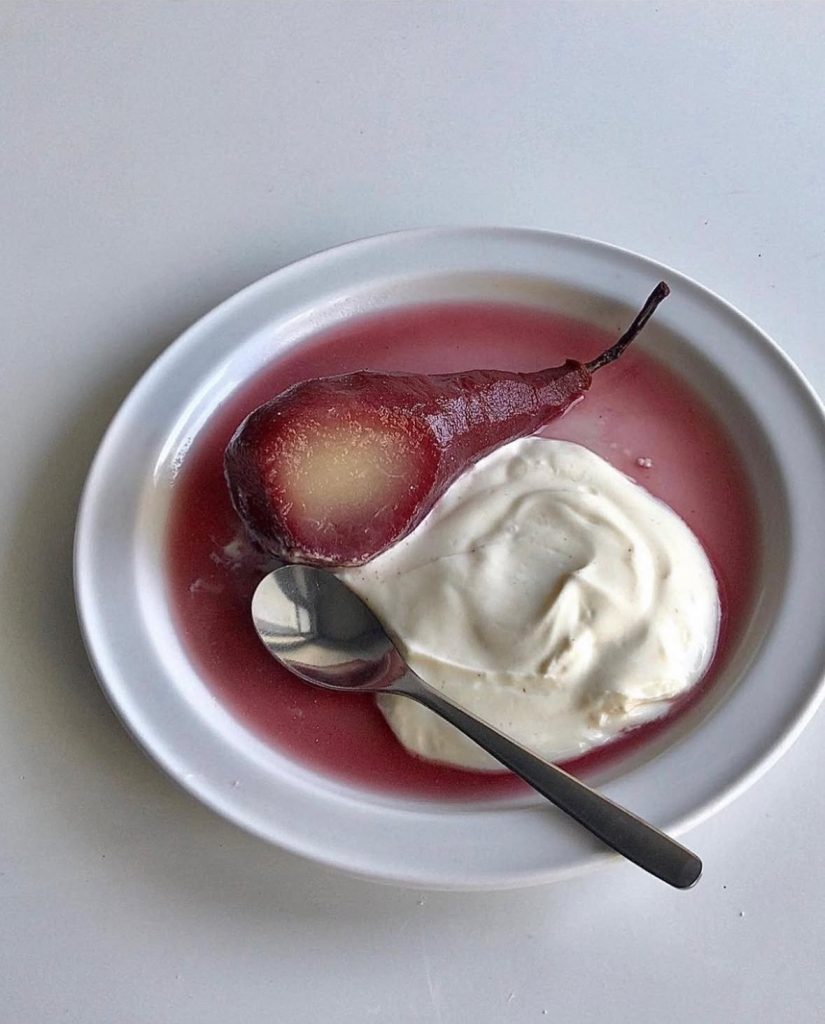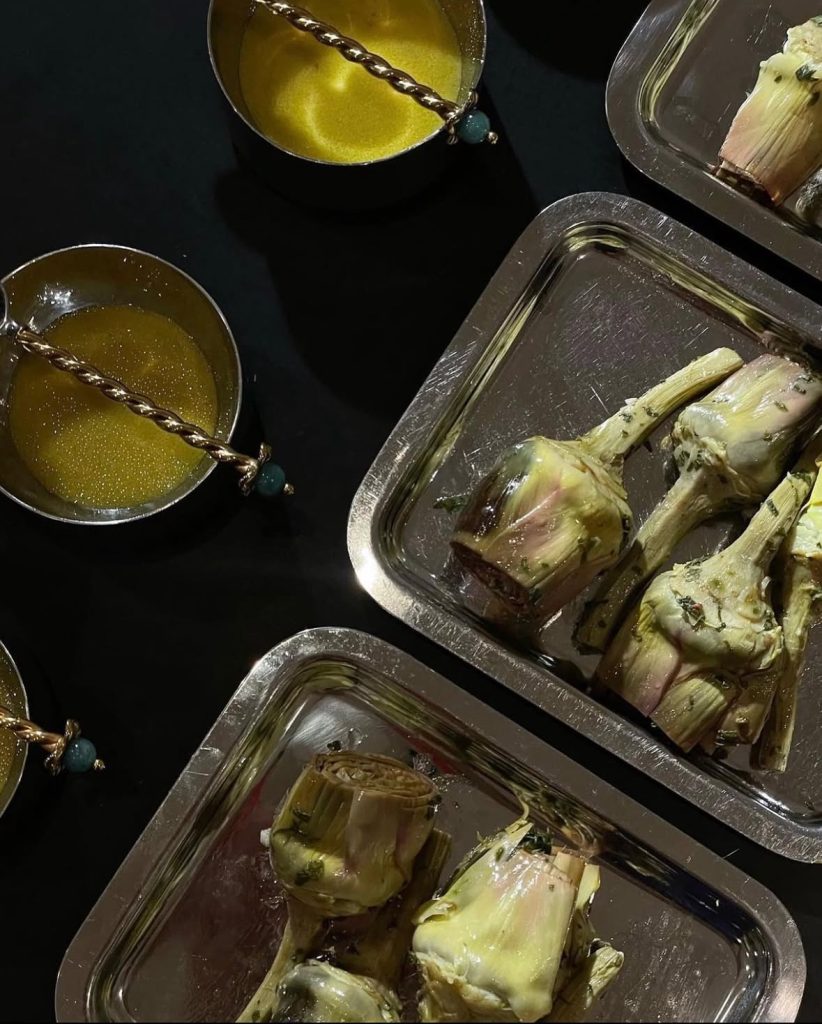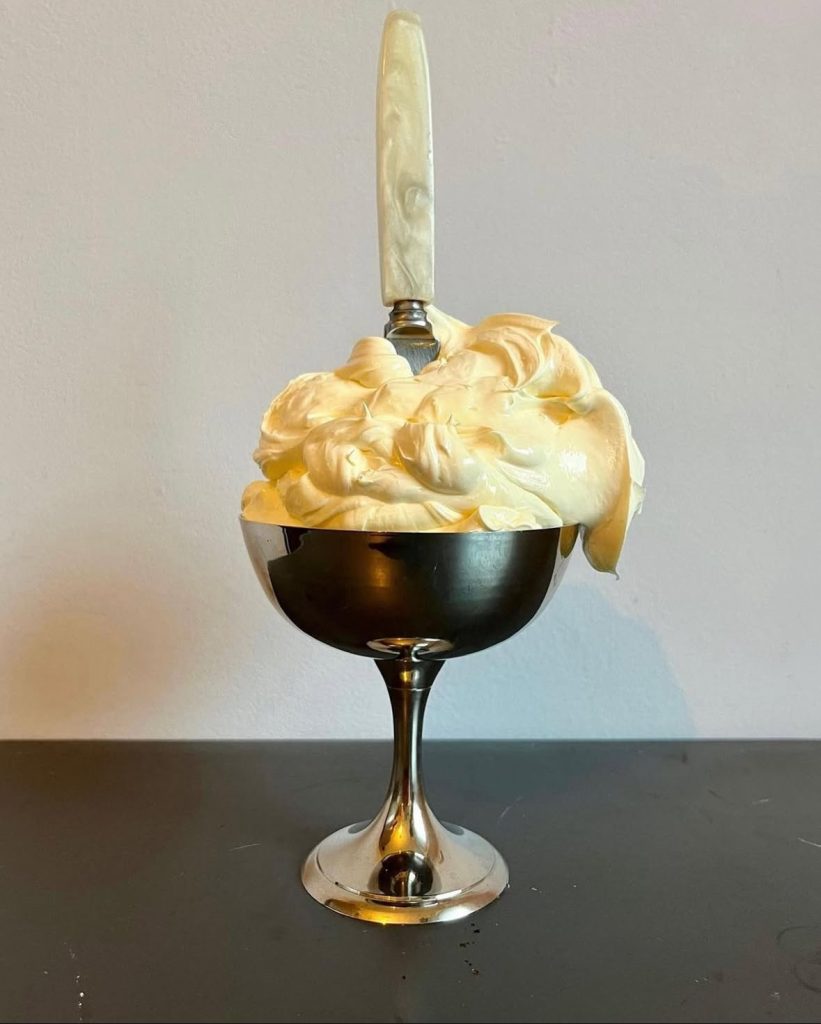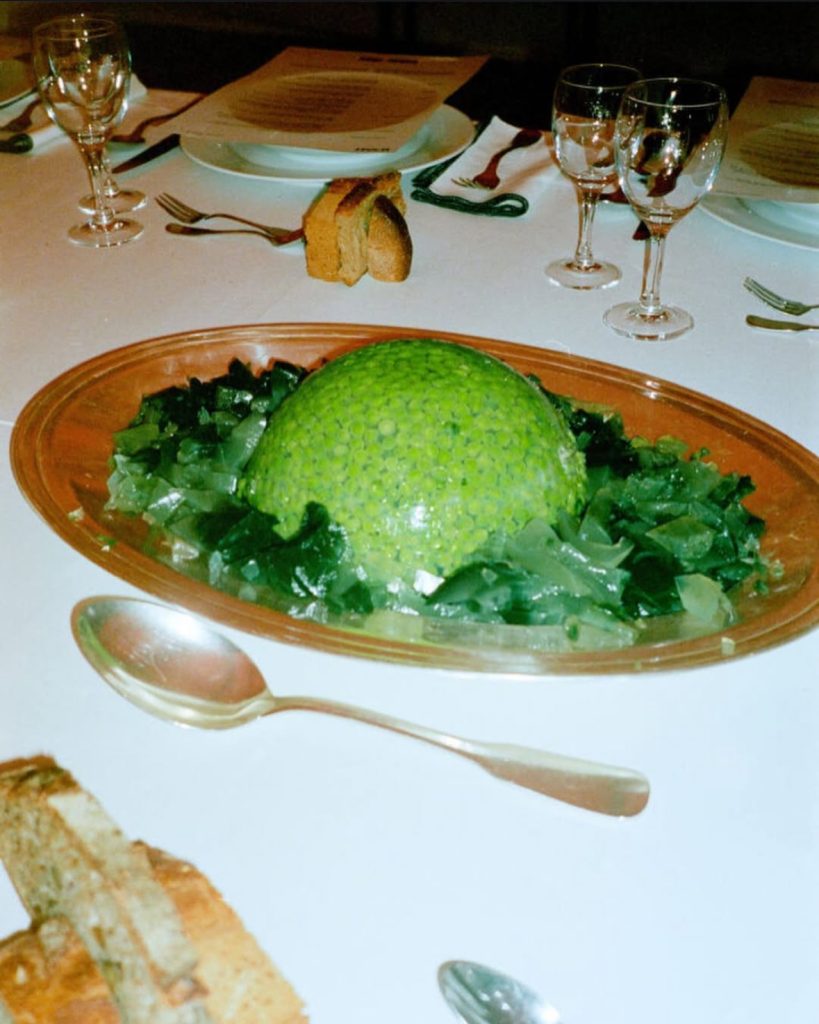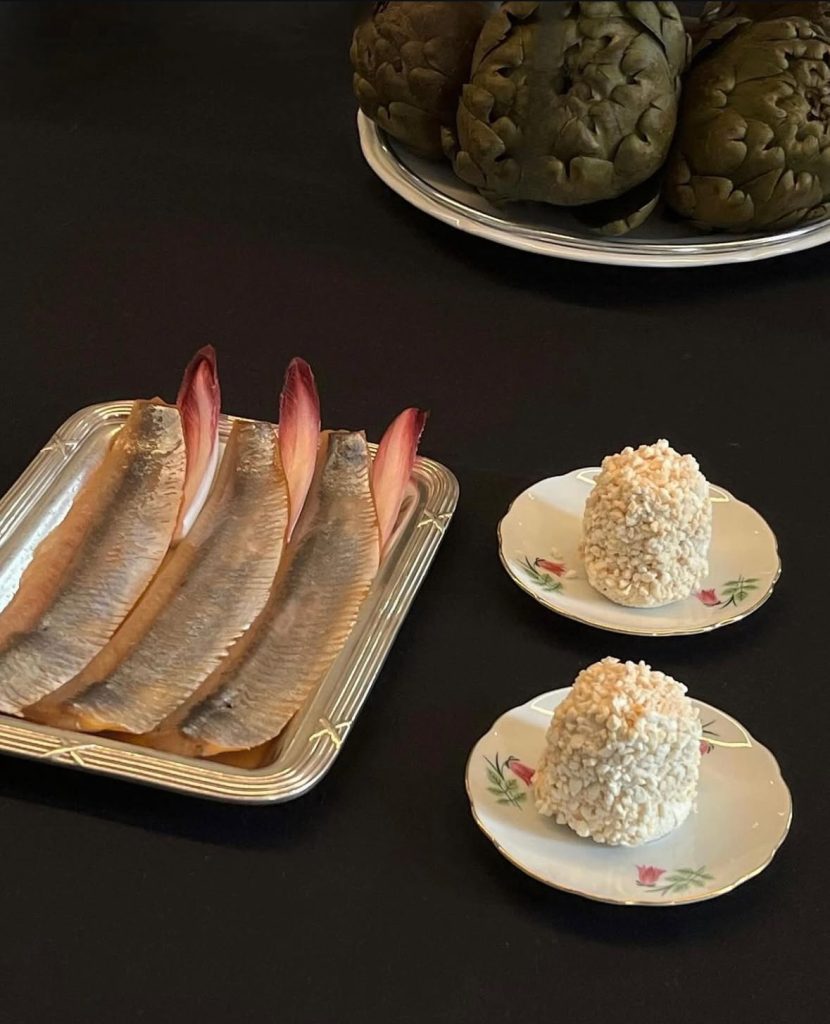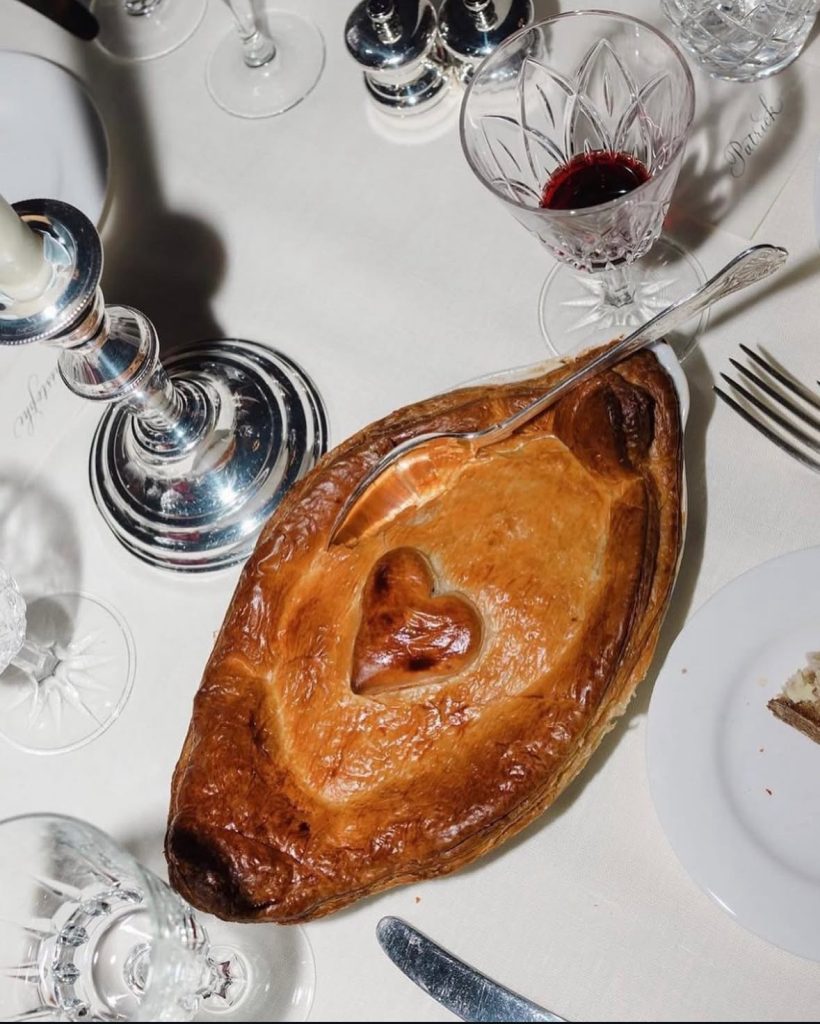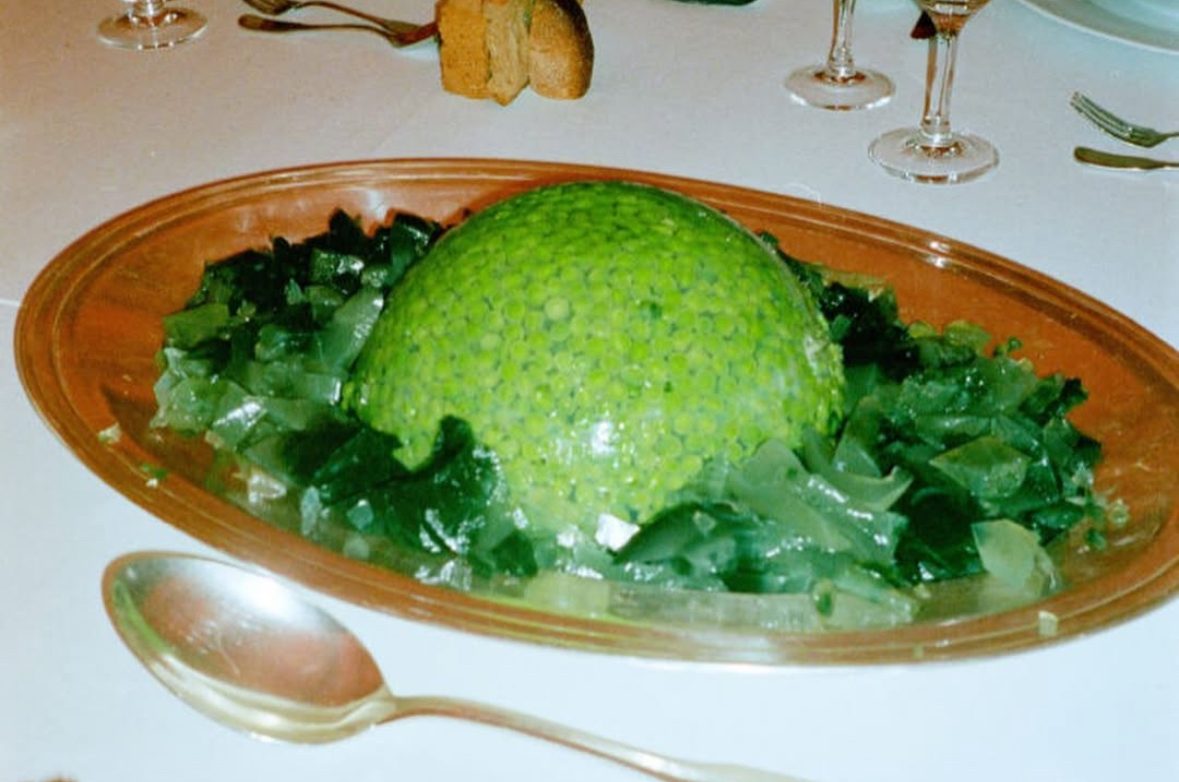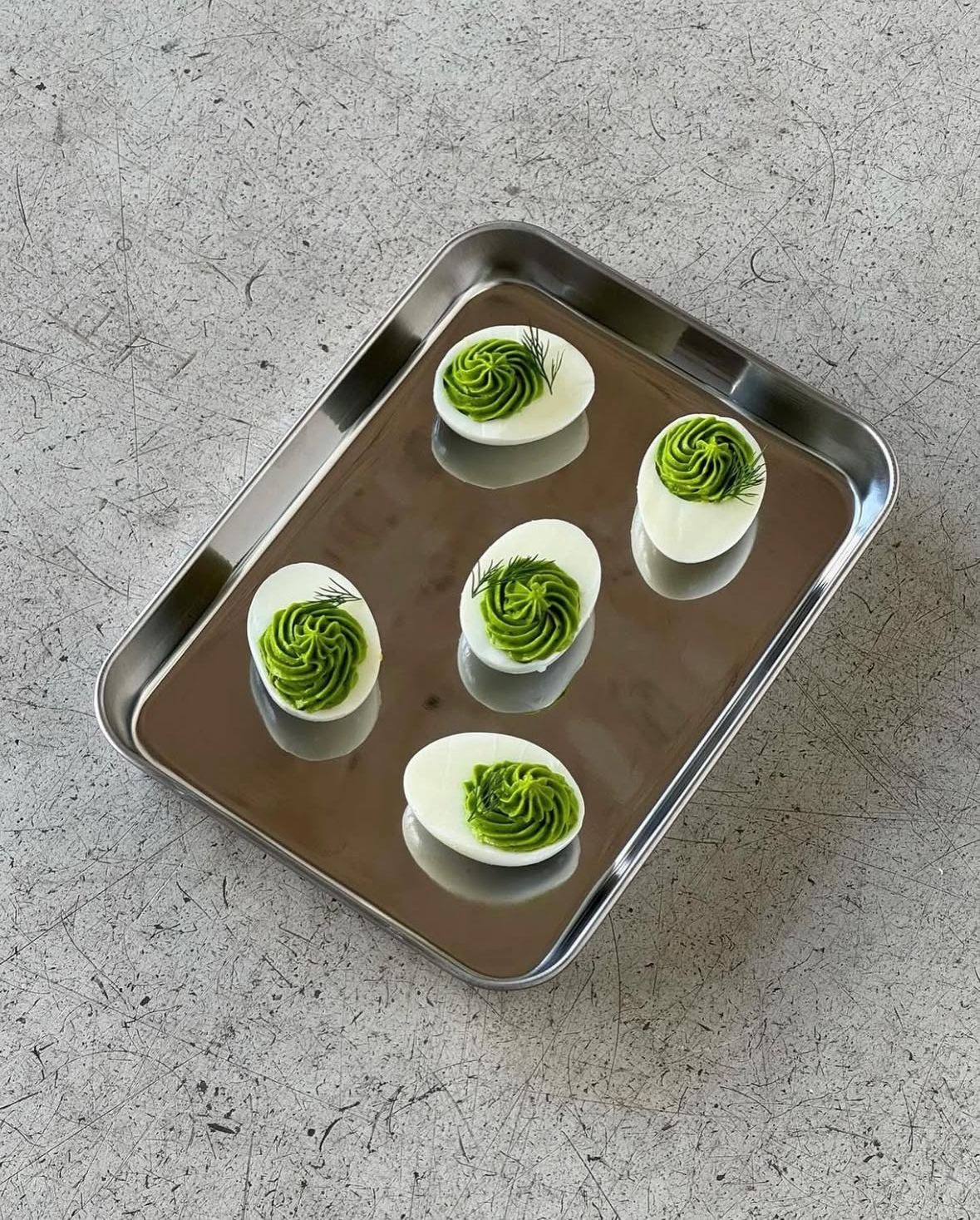
THE RISE OF ‘UGLY FOOD’
Have you noticed a new wave of less-than-perfect looking food seeping into your Instagram lately? When we say ugly, we mean it in the most brilliant, unapologetically authentic way possible. Think of pies with misshapen, hand-plaited crusts. Think high-rise, sloppy towers of whipped Eton mess. Plain Jane bread and butter. Charred, oversized garden vegetables. Two-tone jelly wobbling on silver trays. Poached pears swimming in thick cream. It’s nostalgic. It’s soulful. It’s everything we didn’t know we were craving.
At the heart of this movement is a deeper shift in food culture—one that celebrates imperfection as beauty, and simplicity as strength. One of the names leading this quiet revolution is Laszlo Marie Badet, a former seamstress turned cook whose food styling is rooted not in fussy technique, but in feeling.
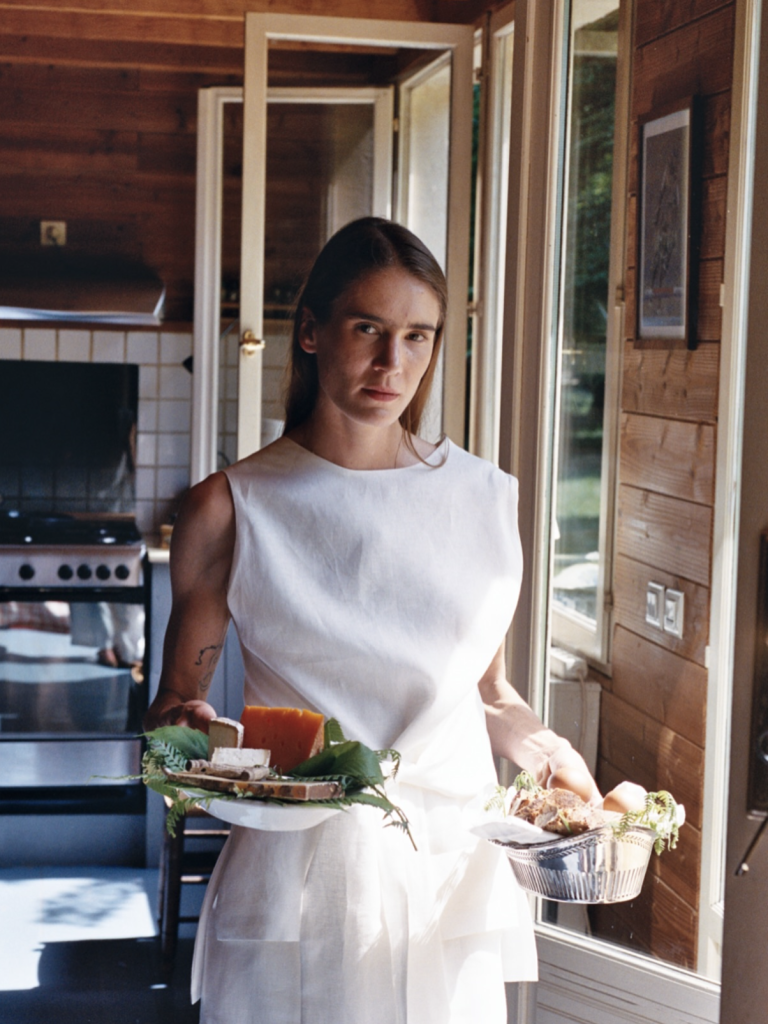
“Cooking, for me, is like sewing,” says Laszlo. “My hands just know what to do—whether it’s pleating a pastry or layering textures on a plate. It’s instinctive, intimate. An extension of care.”
Laszlo’s story weaves together threads of fashion, family, and food. She’s always been cooking—first for loved ones, then for strangers. She talks about food the way some speak of art: not as something exclusive or elite, but as a tool for connection. A shared language. A way to fill more than just the stomach.
“I don’t live in a place of scarcity,” she reflects, “but there are other lacks—emotional, social. Cooking is a bridge. A way to care. Whether it’s washing a salad with attention or dusting powdered sugar on a tart… it’s all about intention.”
This new ugly food wave isn’t just about the way things look—it’s about who gets to be part of the story. Once the domain of upper-class banquets and five-star restaurants, cracked opened its gates, a younger generation started flooding in—reclaiming, reimagining, reinterpreting.
“The profile of food lovers has changed,” Laszlo explains. “Cooking isn’t just for those who studied it. It’s for everyone. It’s about making room at the table for new stories, new perspectives.”
It’s a sentiment reflected in her own evolving food style. While simplicity has always guided her hand, Laszlo says her relationship with food has deepened over time. Today, she finds joy in quiet, honest ingredients—vegetables, fruits, bread, cheese. Not necessarily in fancy formats, but in the way they come together. The way they tell a story.
“I like when dishes say something. When ingredients speak. That could be a slice of charred courgette next to fresh ricotta. Or a simple slice of peach with honey and torn basil. It doesn’t have to be complicated to be meaningful.”
This stripped-back approach—less stylised, more sensual—is what makes her food feel so of-the-moment. It’s ugly in the best way: unbothered, imperfect, generous. And that’s the secret sauce.
So, the next time you scroll past a “messy” looking pie or a crumpled heap of cream and berries, pause. Look again. That’s not carelessness—that’s the new culinary couture. Food that feeds the soul, not just the algorithm.
Welcome to the age of ugly food. Where less is more. And flavour is everything.
